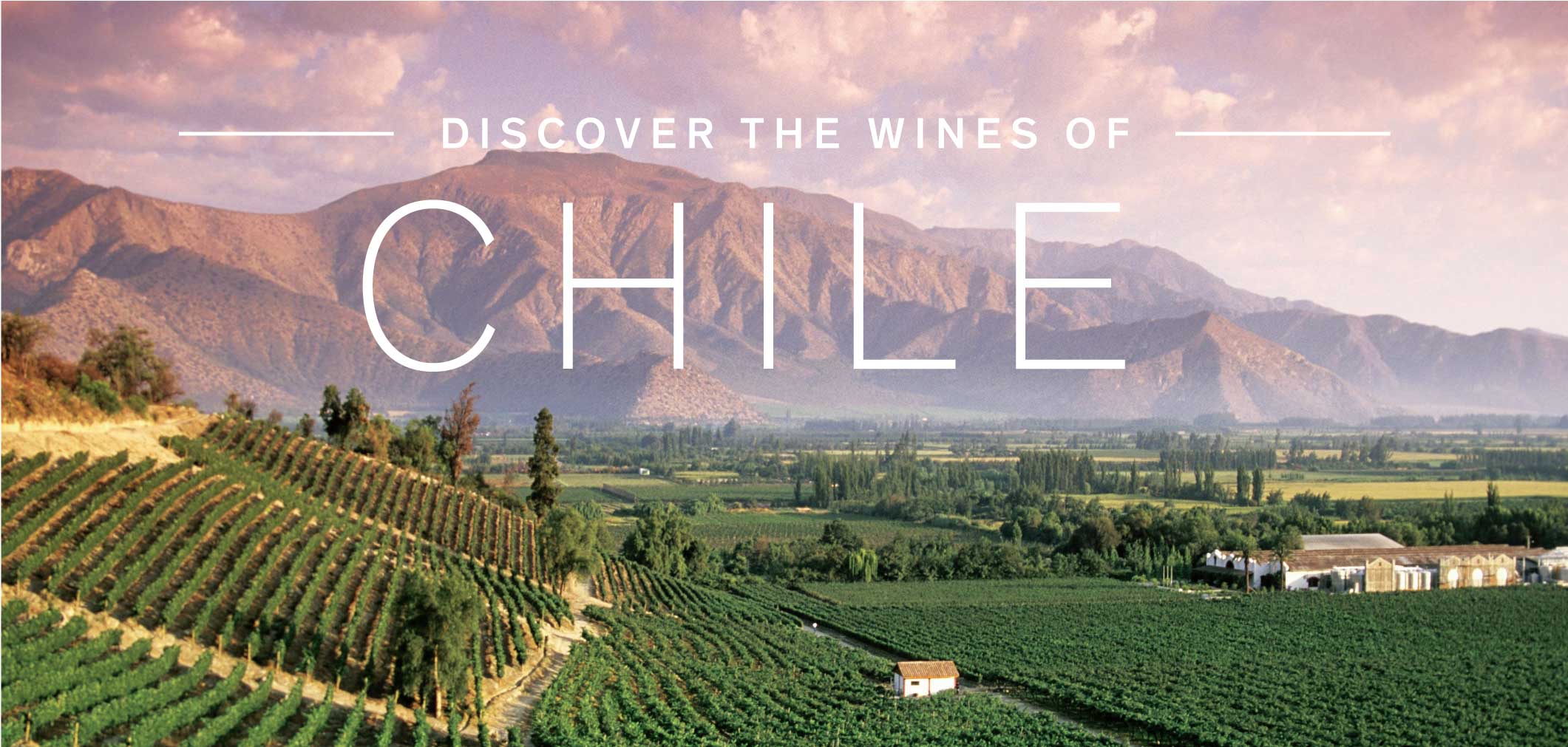
Meet the Pioneer in Environmentally Friendly Winemaking
Just how has Chile managed to lead the eco-friendly way? Its relative remoteness and arid climate mean common diseases like downy mildew are almost non-existent. This reduces the need for growers to spray their vines, making it easier for them to embrace environmentally sustainable practices in their vineyards and produce some remarkable wines.
Wines to Try
Regions to Know
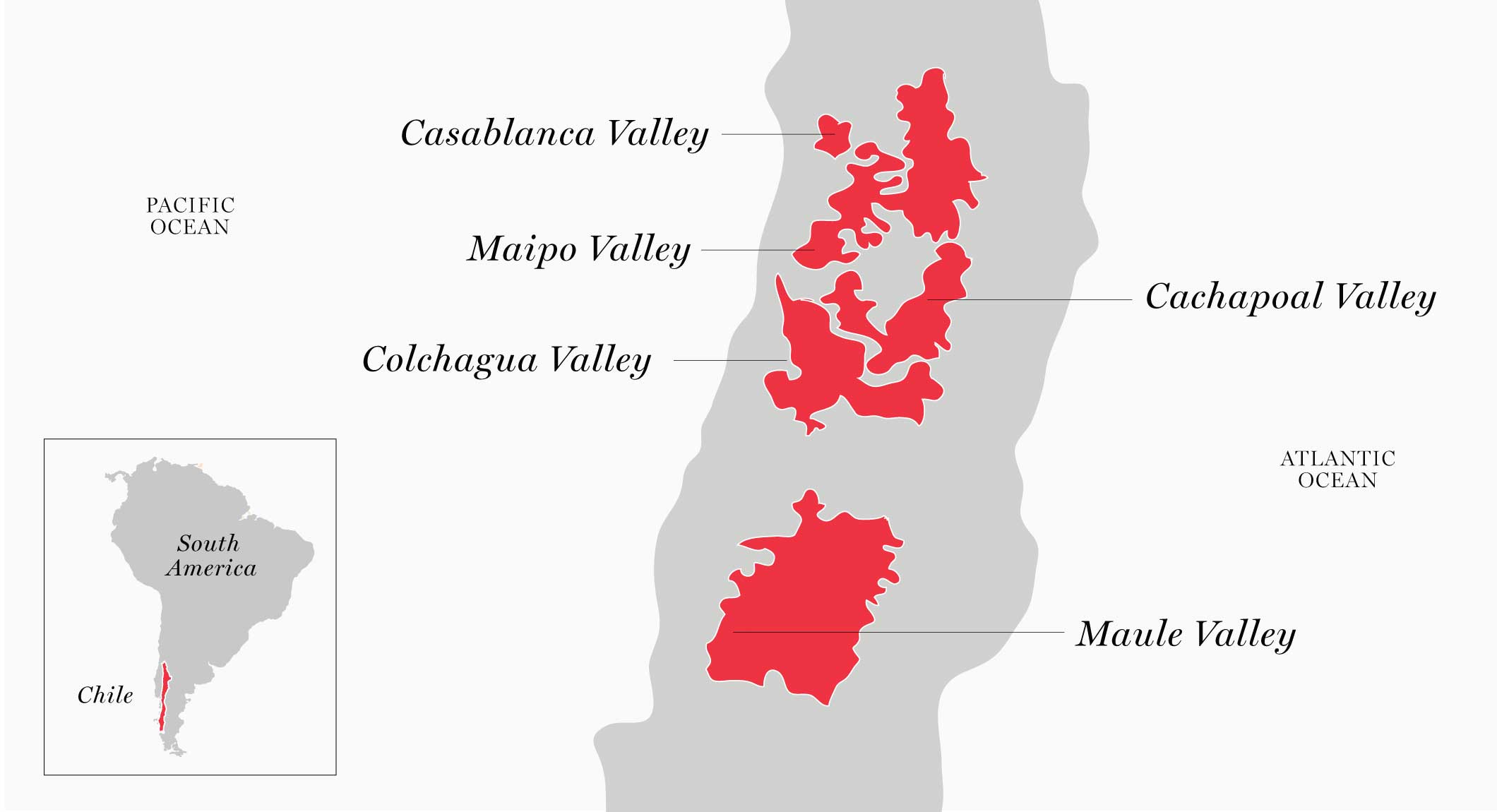

Maipo
One of Chile’s oldest and most traditional wine regions is also its most famous. Just south of the capital of Santiago in the Central Valley, the region is often referred to as the Bordeaux of South America. Like its French counterpart, Maipo is best known for growing Cabernet Sauvignon, as well as Merlot, Carmenère and Sauvignon Blanc.

Colchagua Valley
Chile’s hottest new wine destination is home to some of the country’s biggest, boldest and most full-bodied reds. Just south of Maipo, in a deep valley between the Andes and the Coastal Range mountains, these vineyards are fed by the Rapel river. Carmenère is the grape of choice, and it’s often bottled on its own but is increasingly being blended with Malbec, Cabernet Sauvignon and Syrah.

Cachapoal Valley
If Maipo and Colchagua are the box-office stars of the Chilean wine scene, Cachapoal is the indie darling, beloved by those in the know. Situated right between its two more famous counterparts and sheltered from the cooling effect of the ocean, Cachapoal enjoys a long, warm growing season. It's known for Bordeaux-style blends, as well as bold Cabernets.

Maule
This region, one of the country’s oldest and largest, is a pioneer in organic grape growing. For decades, Maule was known simply as a producer of generic bulk wines, but a recent concerted effort toward quality has seen it quickly grow into an area to watch. The region’s history means producers are discovering vines that were planted up to 100 years ago.

Casablanca
Among the newest and the coolest (in temperature, as well as style) regions in Chile, Casablanca is home to some of its most intriguing white wines. Vines were only planted here in the 1980s, but that means the modern wineries are outfitted with the latest technology. The ocean-cooled climate is producing some outstanding Sauvignon Blanc and Chardonnay, as well as complex Pinot Noir and even some Syrah.

Other Regions to Explore
Global interest in Chilean wines means new regions are constantly being developed. Wines coming from the deep south of the country, in and around the Bio Bio region, are generating a lot of interest, and high-altitude vineyards in northern extremes (Limari and Elqui in particular) are also gaining popularity.
Fast Facts
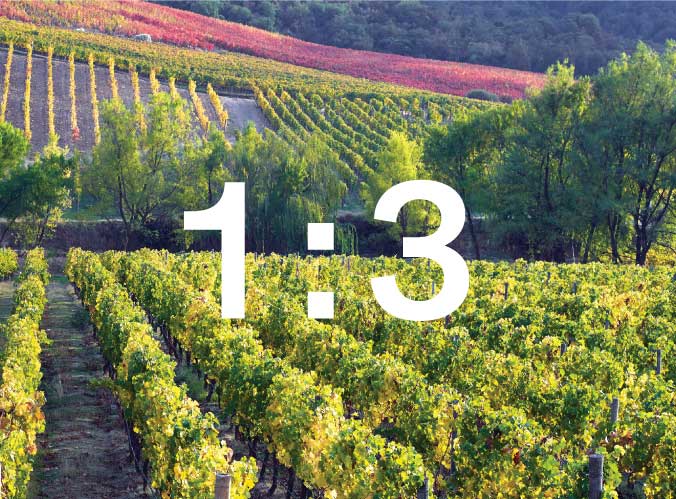
Cabernet Sauvignon accounts for more than a third of all grapes planted in Chile.
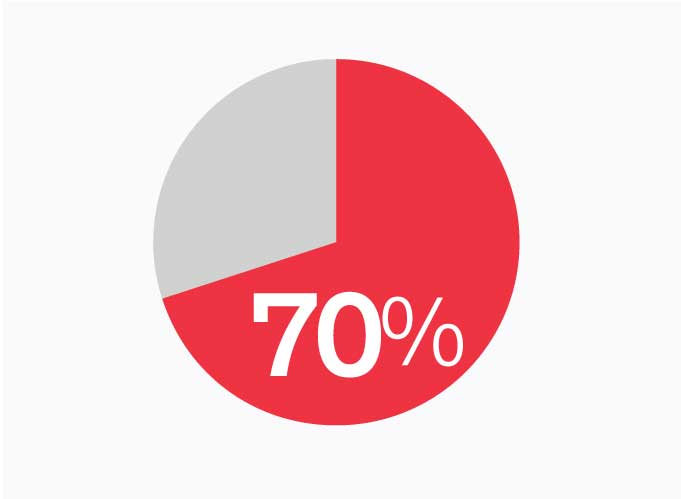
70% of the wine Chile makes is exported.
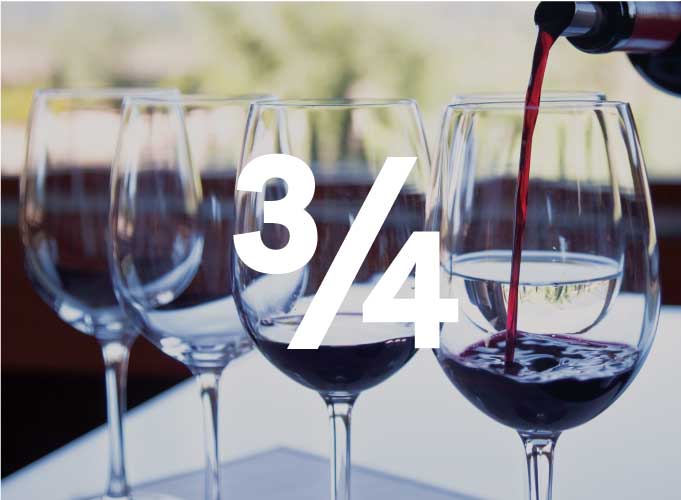
The country’s Sustainability Code has been adopted by nearly three-quarters of its wineries.
Chile’s Key Varietal
The arrival of French varietals (Cabernet Sauvignon, Merlot and Sémillon) in the late 19th century marked the start of modern winemaking in the country. These are still the cornerstone of Chile’s wine industry, although local winemakers are rediscovering some of the country’s oldest planted varietals, like Muscat, Cinsault and Pais, and looking at traditional (and natural) winemaking techniques for producing them.

Cabernet Sauvignon
Typical Chilean cab displays ripe cherry, of course, as well as black pepper and vanilla, plus a spiciness with a soft, freshly turned soil character.
TRY IT WITH: Beef Pebre or just about anything hot off the grill.

Sauvignon Blanc
Chilean Sauvignon Blanc grapes tend to emphasize its herbaceous qualities, with mango, pink peppercorn and cucumber often showing through as well.
TRY IT WITH: Wine-poached halibut with tarragon cream or lobster dipped in garlic butter.

Merlot
While Merlot is often a full-bodied wine, here it can be quite delicate, with mint and leather aromas, as well as the more common cherry and nutmeg flavours.
TRY IT WITH: A rich bolognese or chicken cacciatore, or a celebratory roast turkey.

Carmenère
The big dark red grapes of this vine require heaps of sunshine and warm weather to ripen, and when they do, they produce wines of depth and substance. Raspberry, plum, green peppercorn and nutmeg make Carmenère a superb wine.
TRY IT WITH: Roast duck, lamb chops or coconut curry.

Viognier
A relatively new introduction to the country, this lush, floral French varietal is finding real success in the cooler Pacific-facing vineyards of southern Chile. Peach and ginger aromas are often apparent, along with more exotic fruits like mango and papaya.
TRY IT WITH: Crab and lobster or a sweet spiced vegetable tagine.

Syrah
Poised to become Chile’s next big grape, the dark, red Syrah grows especially well in the Maipo and Colchagua regions. Full-bodied and luscious, it typically has blackberry and Twizzler flavours.
TRY IT WITH: Barbecue sauce–coated ribs, braised lamb shanks or bacon-wrapped anything.